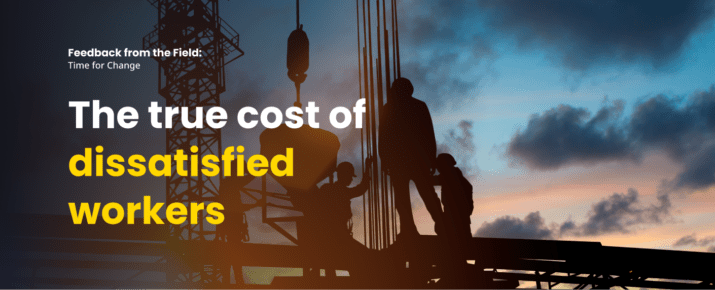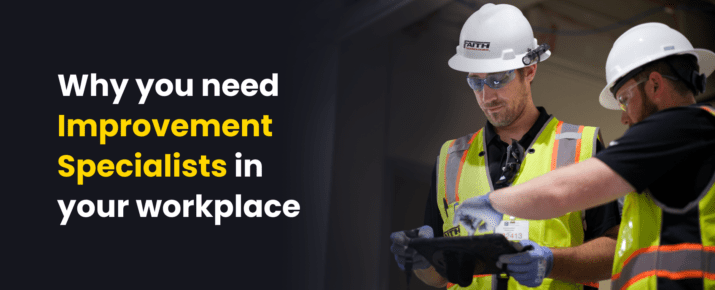How to prioritize the safety of your outdoor workers
World Of Work | By | 29 Apr 2024 | 5 minute read
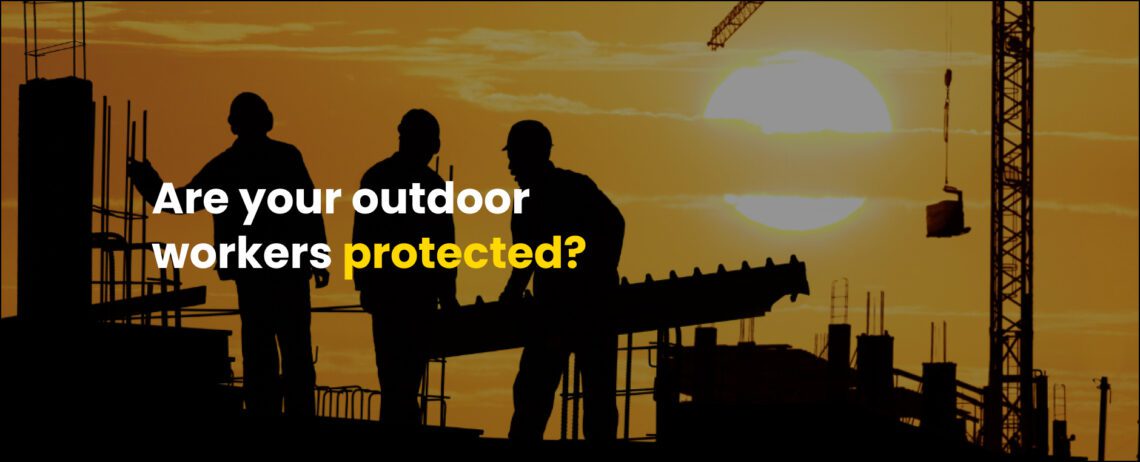
Most people readily acknowledge that frontline work is riskier than a desk job. Frontline workers are more prone to accidents, oversights, and elements that can lead to injuries and other physical harm.
Deloitte estimates that a quarter of the global workforce falls into this category, with industry groups like agriculture, manufacturing, transportation, and construction among the most vulnerable. The International Labour Organization took notice and set the theme for this year’s “World Day for Safety and Health at Work” accordingly: looking at the impacts of climate change.
So what risks do outdoor frontline workers face due to ongoing climate variability? And even more importantly, what can companies do to manage those risks and prioritize the health and safety of their workers?


What climate-related risks do outdoor workers face?
Outdoor workers are exposed to the elements. Let’s explore this further and learn more about the potential hazards they face.
Excessive heat and heat-related illnesses
Global warming is a cornerstone of the ongoing climate conversation. And regardless of how politicized the topic has become, data shows that the earth’s temperature is indeed increasing.
Hot temperatures pose a threat to outdoor workers. Without an emphasis on heat stress safety and heat illness prevention, those high temperatures increase the likelihood of related illnesses like heat rash, heat exhaustion, fainting, cramps, and potentially life-threatening heatstroke.
Respiratory problems
According to the United States Environmental Protection Agency (EPA), climate change also has a major impact on air quality. Air pollutants like ground-level ozone and particulates from events like wildfires and droughts are increasing.
The EPA says that outdoor frontline workers are “more exposed to these pollutants, which can lead to respiratory illnesses including asthma.”
And while you might think it’s only a problem for workers outside, air quality issues can creep indoors too. Allergens and pollutants can come through open doors and windows and weather events like heavy rains and high humidity make indoor environments more damp — leading to an increase in mold, pests, and bacteria.
A survey of more than 1,000 Aussie outdoor workers, including tradies, landscapers, and road workers, revealed that almost all (93%) are concerned about the long-term effects of working in the sun.
Almost one in five tradies don’t believe their employer is proactive in providing access to proper PPE for working outdoors, and nearly 30% say their employers don’t offer any form of sun protection gear.
Insect-related diseases
Pests and bugs aren’t the most pleasant thing to think about, but they’re a distinct occupational hazard for frontline workers.
The EPA reports that increased rainfall and humidity offer more hospitable breeding grounds for mosquitos, ticks, and other potentially dangerous insects that can bite outdoor workers and spread diseases.
Unfortunately, an increased population of pests usually translates to increased use of pesticides — which are also harmful to frontline workers, their family members, and community members close to treated areas.
Mental health
An alarming 63% of people expect climate impacts to worsen in their lifetime and that sense of impending doom is stressful, with 68% of people saying they have at least some anxiety about climate change.
That worry and uncertainty can be especially prevalent among frontline workers, as they witness the impacts and changes firsthand.
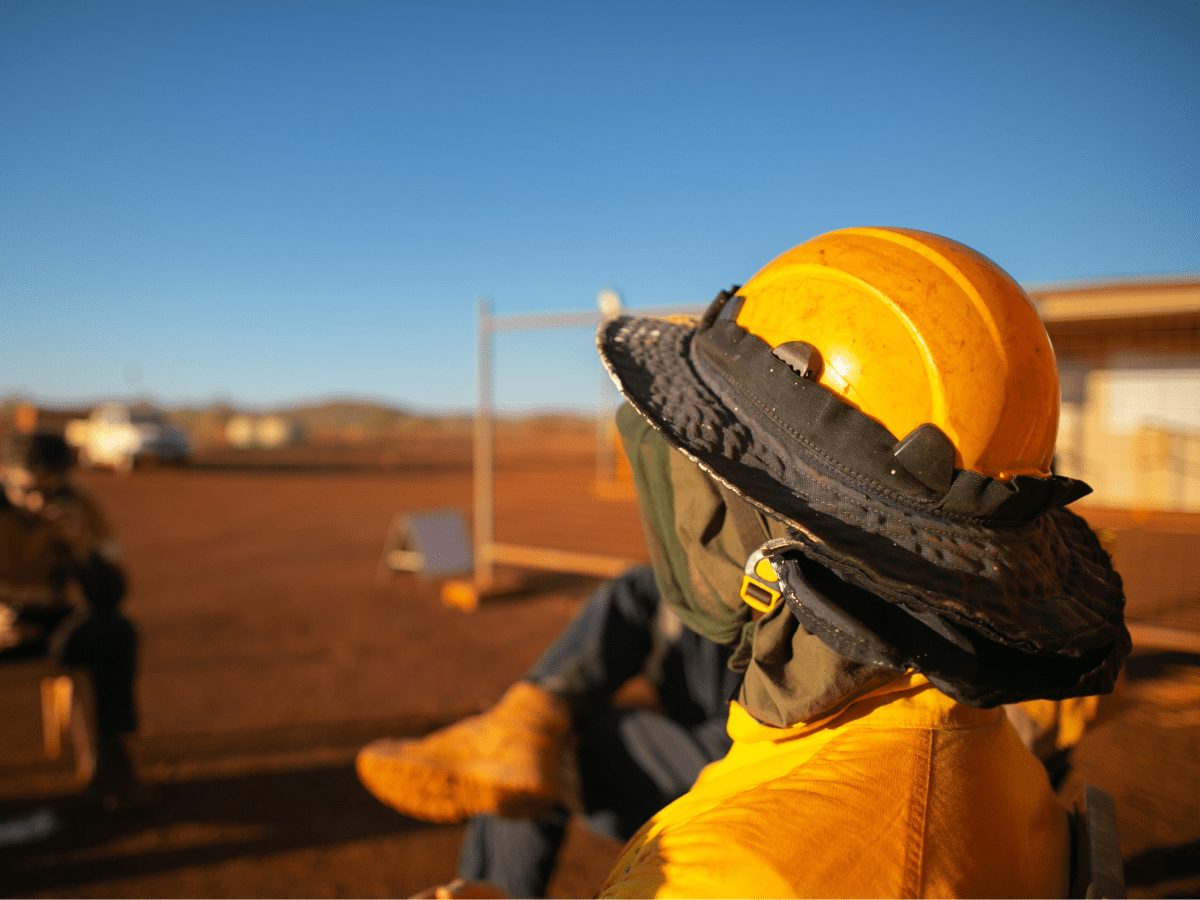
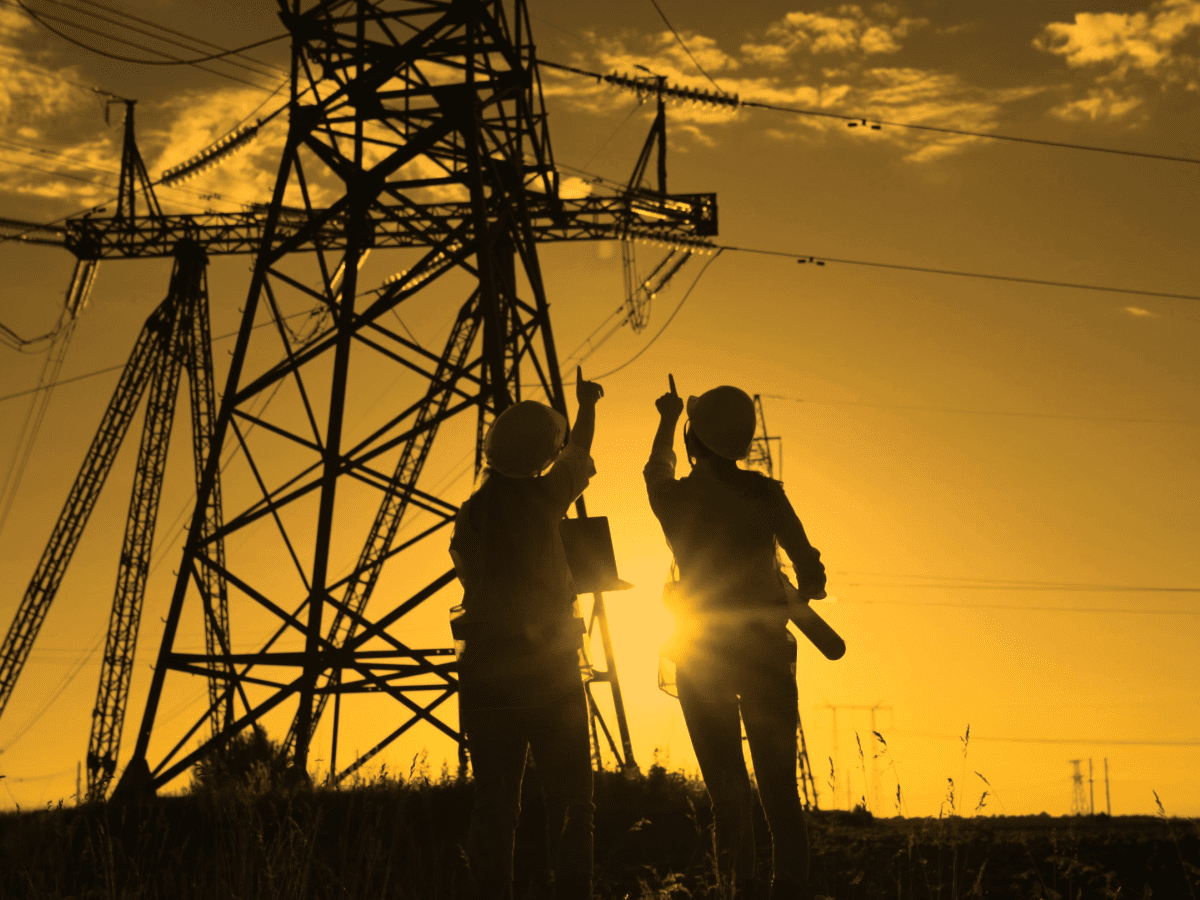
How can employers prioritize safety for outdoor frontline workers?
The risks outdoor workers face are very real. Beyond the priority of keeping them safe and healthy, prioritizing their safety benefits the organization too.
Research shows that 84% of frontline workers cite safety as the most impactful factor in creating a positive workplace. A more supportive workplace can translate to lower absenteeism, improved productivity, and reduced employee turnover.
Despite the obvious benefits, tackling all of the climate-related challenges in one go can be daunting. However, there are steps you can take to equip and support your frontline workers as they deal with the impacts of climate variation.
1. Provide suitable equipment
Ensuring workers have access to the right safety equipment seems like table stakes, whether it’s work boots, protective apparel, or cooling systems to help in hot environments. Yet, in our 2022 Feedback from the Field survey, an alarming 38% of frontline workers said they had to spend their own money on safety at work.
Whether it’s adequate protective apparel to cooling systems to offer reprieve from hot environments to other relevant employee wellness programs, the onus is on employers to confirm their workers have what they need to do their jobs safely — without dipping into their own wallets to do so.
It’s also important to maintain the quality of regularly used equipment. SafetyCulture features like Assets and Inspections can help to monitor wear and tear, especially if harsher climate conditions cause things to deteriorate quickly.
2. Offer adequate training
Thorough and relevant training boosts safety awareness and helps workers feel ready to address specific circumstances and challenges. Yet less than half (44%) of frontline workers said they had received workplace health and safety training in the past year. Consider having a trained safety professional to tackle safety topics and someone with at least a nursing degree to conduct workplace health training.
Prioritize your training offerings and consider adding some climate change-related topics to your lineup. Your training sessions could address questions like:
- What should workers do in the event of a natural disaster?
- How do they properly wear and maintain their protective equipment?
- What signs of climate-related illnesses should they watch for and how should they respond?
- What specific conditions indicate it’s unsafe to work and what are the protocols for responding?
Offering training within SafetyCulture means you can deliver relevant, bite-sized training to your frontline teams, without disrupting their normal flow of work. Training doesn’t need to be formal to be effective. Toolbox talks — short safety discussions conducted before shifts start — can have a huge impact on safety.
3. Use technology to your advantage
Technology has come a long way. While it’s often talked about in the context of boosting efficiency and productivity, it can also help ensure the safety of your frontline teams.
Sensors are just one example. You can install them in your various work settings — from warehouses to outdoor areas — to monitor temperature, humidity, and air quality. You can receive real-time notifications when conditions are irregular or unsafe, so you can facilitate faster response times and prioritize a safer environment for your frontline workers.
4. Open up lines of communication
Your workers have firsthand exposure and experience, so they’re best equipped to alert you of any hazardous circumstances, ongoing challenges, or potential concerns.
However, they’re less likely to share that valuable information if there isn’t a dedicated process or platform. With SafetyCulture, your frontline employees can document problems (including photos) directly within the platform and submit them to leadership.
When that happens, don’t neglect the importance of doing something — whether it means conducting repairs, securing new gear or equipment, or instituting a new process. Only 76% of frontline workers say they actually see people doing anything to improve upon the issues they flag. So, transforming their insight into real action is one of the best ways to make workers feel supported while also improving the safety of their work environments.
You also need to ensure you have a reliable and accessible way of quickly communicating with frontline employees about various topics, from rolling out new work safety guidelines to responding to a climate emergency. When you send a Heads Up in SafetyCulture, team members are immediately alerted with that important information, so nobody is left out of the loop.
5. Be informed about legal rights
Understanding the legal ramifications of workplace safety is crucial for both employers and employees. Many outdoor workers are unaware of the protections afforded to them under law, which can leave them vulnerable when workplace accidents occur. Consulting professional services such as personal injury attorneys in Indiana can provide invaluable advice on ensuring compliance with state-specific regulations and safeguarding workers’ rights following any incidents or injuries on the job.
Change the (company) climate
Considering frontline employees are often out in the elements, the impact of climate extremes and weather events needs to factor into your plans.
In honor of the theme of this year’s World Safety Day, put the above workplace safety tips to work and you’ll help prove to your frontline workers that their safety and wellbeing are pressing priorities. After all, you alone can’t change the entire climate — but you can at least change your company’s climate.

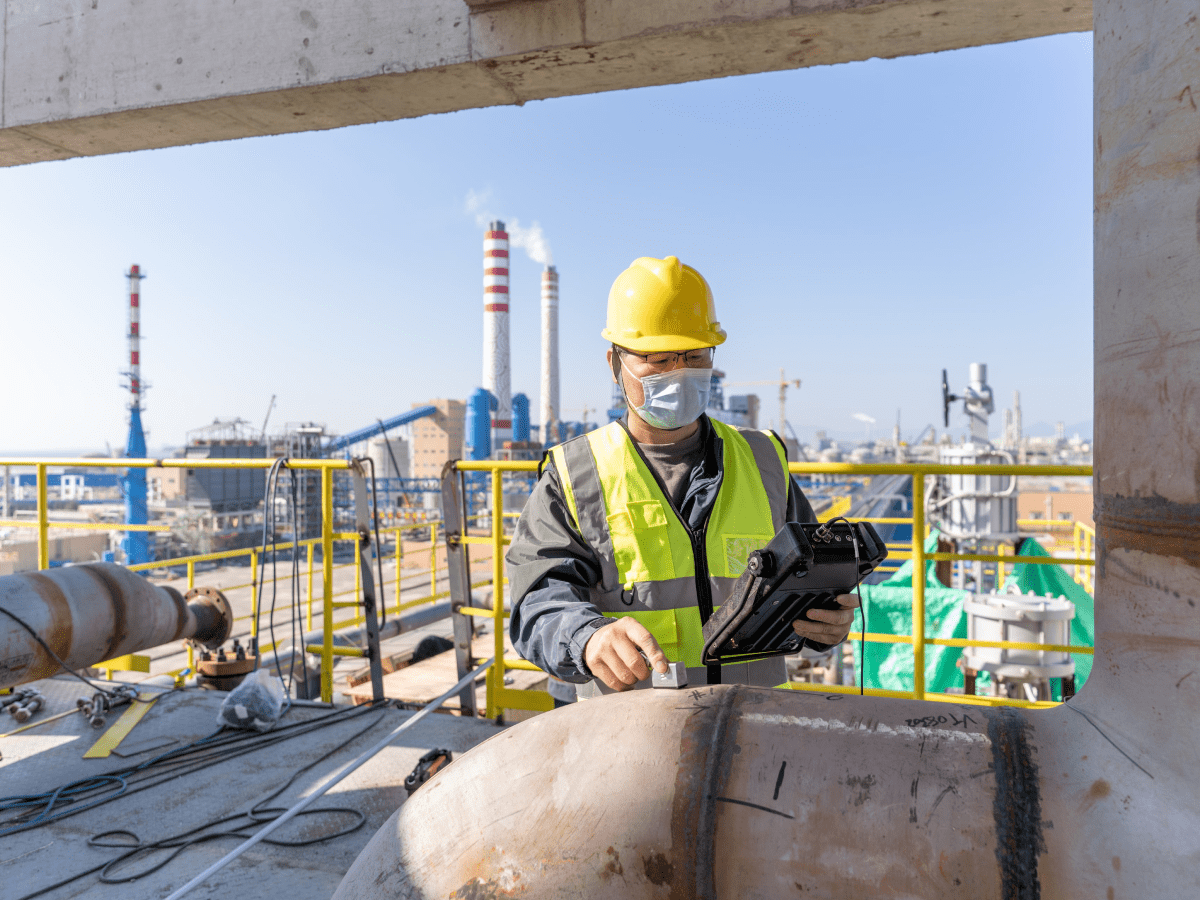
Dive into more World Day for Safety and Health at Work insights for frontline teams:
- Changing attitudes on the frontline: Sun protection for outdoor workers
- Commemorating World Day for Health & Safety at Work
- A Guide to Occupational Health and Safety
Important Notice
The information contained in this article is general in nature and you should consider whether the information is appropriate to your specific needs. Legal and other matters referred to in this article are based on our interpretation of laws existing at the time and should not be relied on in place of professional advice. We are not responsible for the content of any site owned by a third party that may be linked to this article. SafetyCulture disclaims all liability (except for any liability which by law cannot be excluded) for any error, inaccuracy, or omission from the information contained in this article, any site linked to this article, and any loss or damage suffered by any person directly or indirectly through relying on this information.
